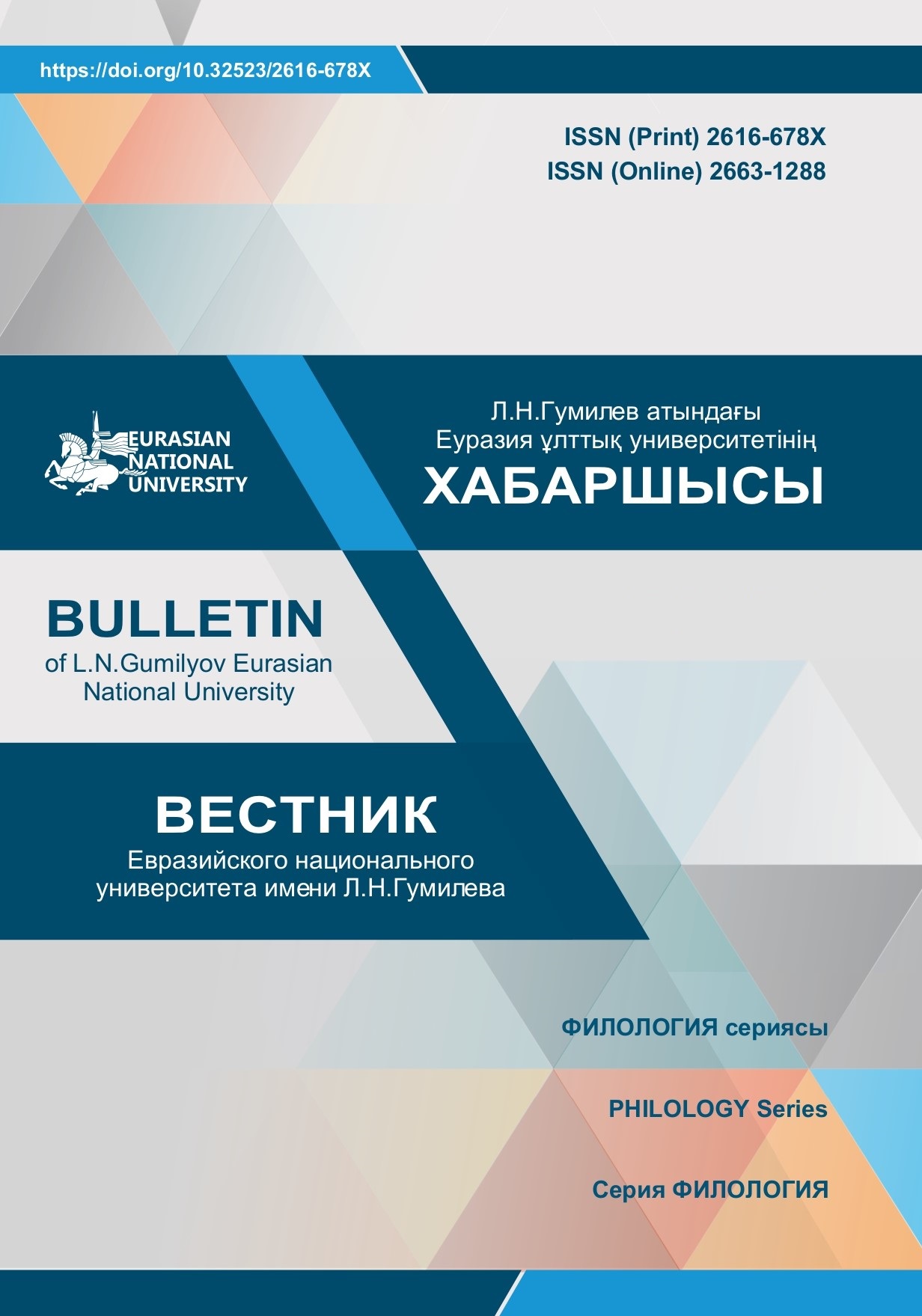Modern character and functions of the function word “and” (bіrlan)
Views: 149 / PDF downloads: 92
DOI:
https://doi.org/10.32523/2616-678X-2025-151-2-62-77Keywords:
birlan, Turkic languages, historical grammar, connective conjunction, function of functional words, instrumental case, case endingsAbstract
It is known that the functional word “and” is formed from the ancient Turkic particle “birlan” and is differentiated by grammatical function and meaning as a conjunction and ending. However, it is known that modern variants of the particle “birlan”, common to the Turkic peoples, have not received unambiguous recognition in the grammar of the Turkic languages. There are specific reasons for this. The article attempts to compile a systematic description of the functional words that arose from the particle “birlan”. For this purpose, the etymological works of domestic and Soviet Turkologists and specific facts in the Kazakh national literary language were analyzed. The form and function of the instrumental case in the Kazakh language were compared with the variants in other Turkic languages, and it was noted that the grammatical index of the prepositional case also exists in other Turkic languages. It is proven that in some Turkic languages, modern versions of the particle “birlan”, which changed, were formed as affixes. The similarities and differences between the conjunction and the ending “and” formed from the same genesis were shown, as well as their grammatical meanings in our modern language were systematized. It was determined in which cases in the modern language the functional word “and” becomes a conjunction, and in which cases it becomes an ending. Grammatical functions are differentiated in a more detailed way.







